A popular t-shirt in Vienna declares ‘There are no kangaroos in Austria!’ It refers, of course, to the apparently frequent confusion of Austria and Australia.
But Vienna takes pride in much more than just being the capital of the European country of Austria. It is also rich with music, art, food, and even dreams.
The city of music
While in many cities it’s the emperors, generals, and other war ‘heroes’ whose statues adorn the parks, in Vienna it’s great composers who have left a stronger imprint on the city’s identity.
Take, for example, the gilded statue of Johann Strauss II in Stadtpark or Mozart’s statue in the Burggarten park.
Likewise, the exuberantly green Central Cemetery is a paradoxically romantic place for a stroll and features such star residents as Beethoven, Schubert, and Falco.
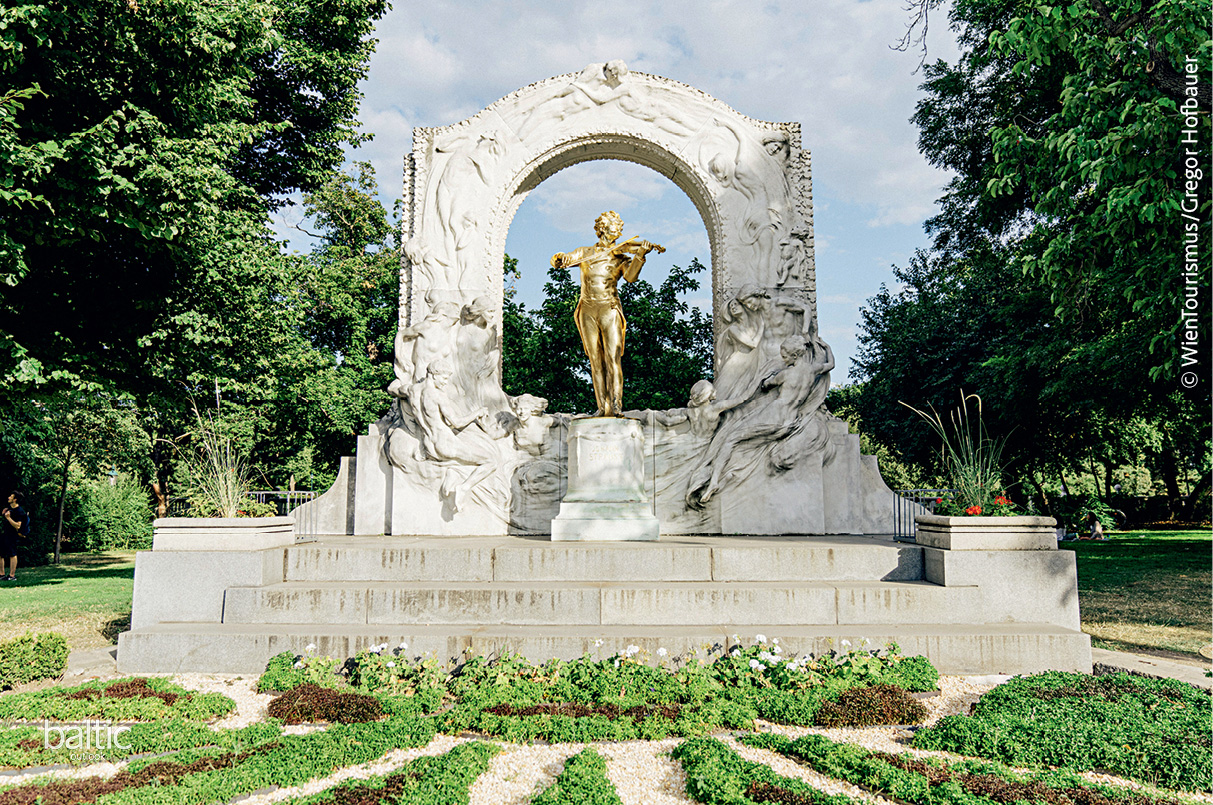
For many classical music devotees, attending a performance at the Vienna State Opera is a bucket-list item.
In fact, a visit to this Neo-Renaissance gem is not as improbable as it may seem, because standing-room tickets cost a mere three euros.
The stage sports a new curtain again this year – before the show, the audience can admire a work of contemporary art by the American artist Carrie Mae Weems.
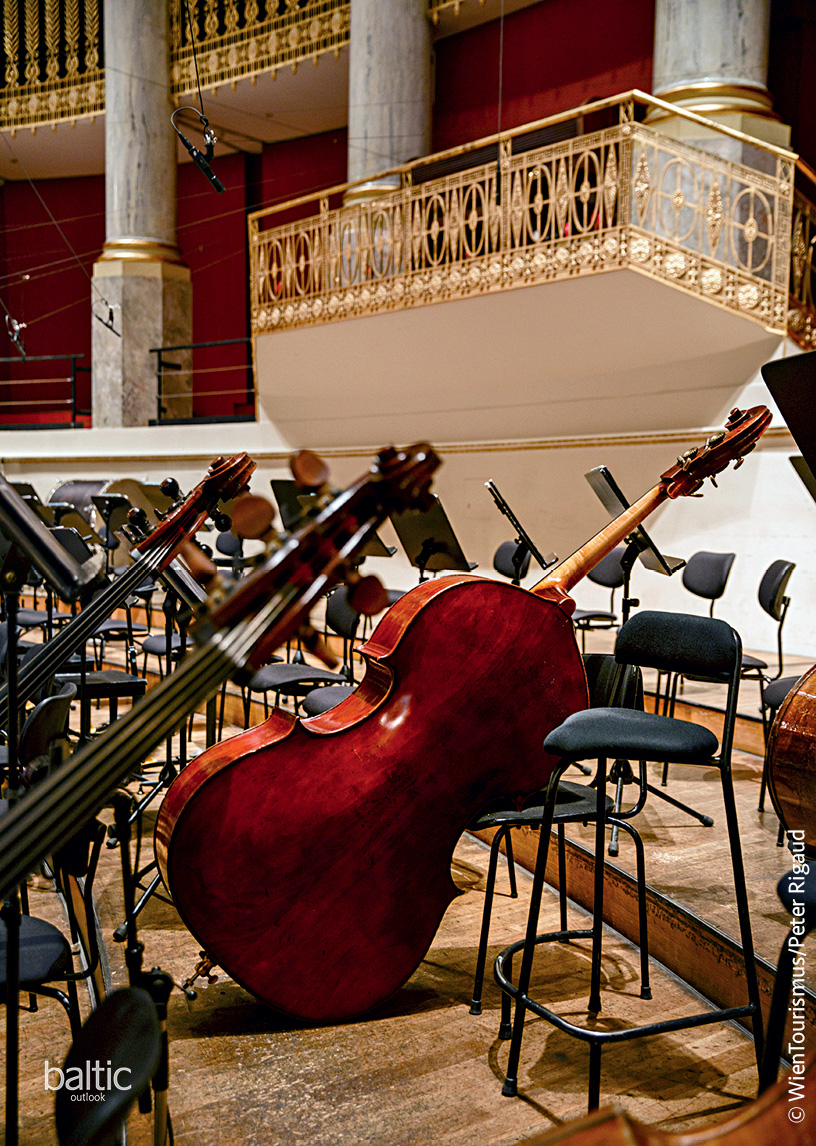
But music in Vienna is not only sequestered inside concert halls. Magnificent performances also take place in the city’s churches, such as the Baroque-era Karlskirche (Church of St. Charles) and Peterskirche (Church of St. Peter), which are frequently filled with the sounds of music by Vivaldi and Mozart.
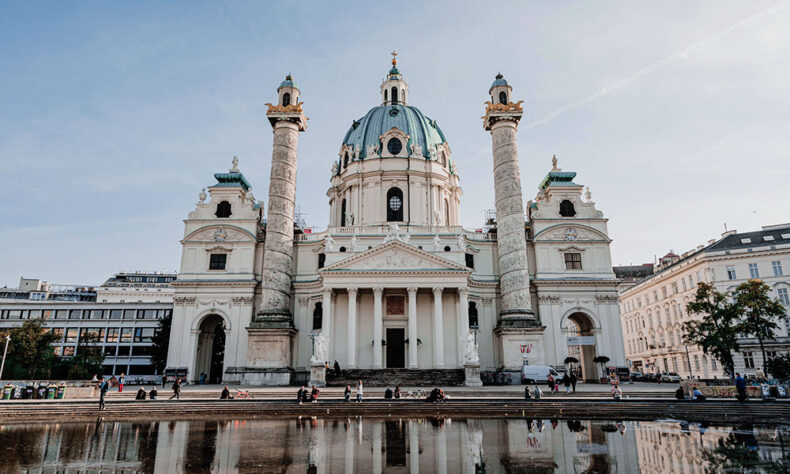
Photo on Unsplash
For those who want to delve deeper into the city’s music scene, there’s the interactive House of Sound. Located in the former palace of Archduke Charles, it offers an engaging trip through the world of sound.
The building also happens to be the former residence of Otto Nicolai, the founder and first conductor of the Vienna Philharmonic, and therefore the museum also presents a comprehensive overview of the orchestra’s history.
The city of art

The Austrian capital is abundant with places for soul-searching, also known as art museums.
The city has more than a hundred such establishments for pondering life’s biggest questions and showcasing work by home-grown artists alongside that of world-famous masters.
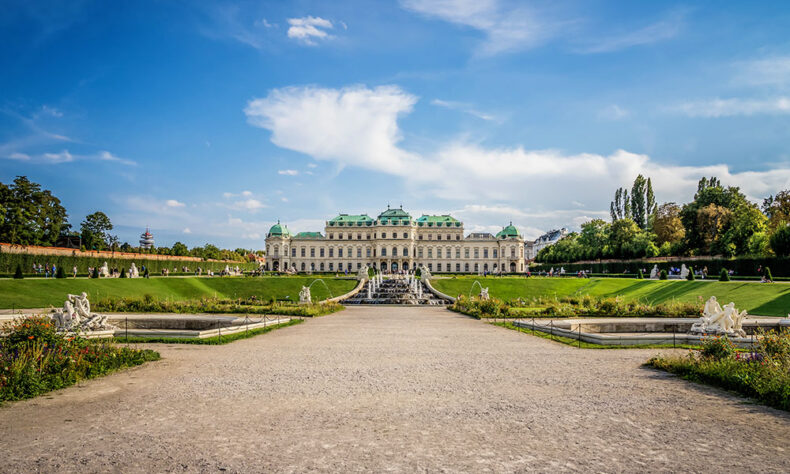
Photo on Unsplash
As Vienna’s answer to Versailles, Schloss Belvedere is not just an outstanding Baroque palace; it’s also home to one of the most precious collections of Austrian art, ranging from the Middle Ages to the present day.
The upper part of the palace displays iconic works of art by such native masters as Gustav Klimt, Egon Schiele, and Oskar Kokoschka.
In addition to the lauded The Kiss, visitors to Belvedere can now also see Klimt’s last completed work, Lady with Fan. This is the first time since 1920 that the painting is being shown in its birthplace, and it’s a glorious testimony to Klimt’s love of Viennese women.
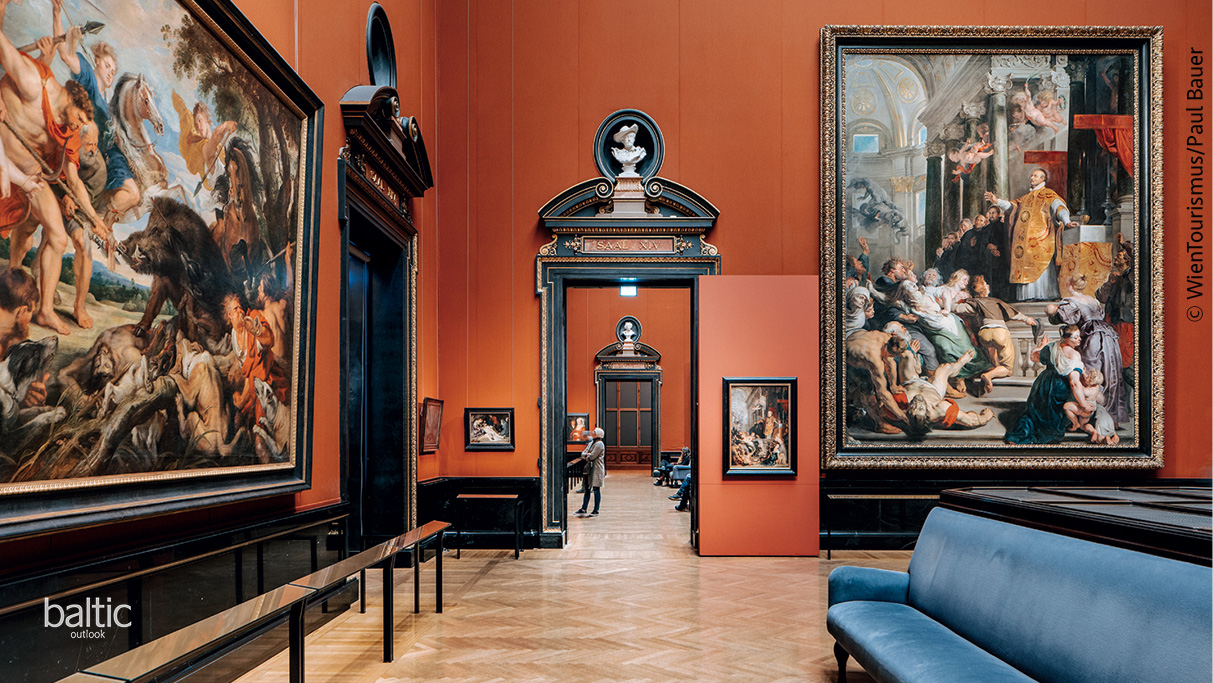
Another must-visit location for fabled artwork is the Kunsthistorisches Museum, which accommodates the collections of the imperial family.
The epic list of artists features Bruegel, Caravaggio, and Raphael and is considered one of the most important collections in the world.
A trip to the museum is worth it even just for a glimpse of its spectacular Neo-Baroque interior.
‘Works of art within a work of art’ also characterises the Secession Building. The spectacular Art Nouveau structure is known for its gilded dome (which many say resembles a golden cabbage) and was constructed as an exhibition hall for the Secession art movement.
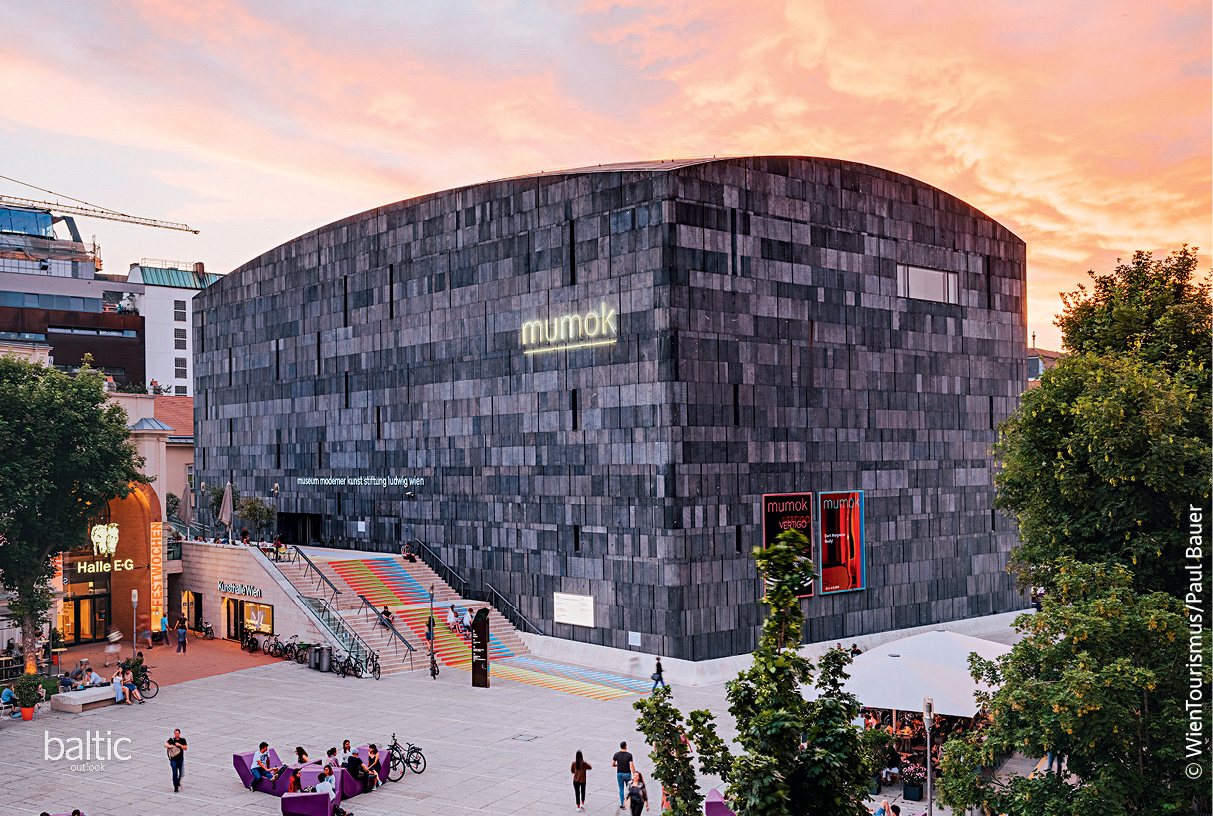
Equally noteworthy is the collection at Mumok, the museum of modern art.
Alongside native contemporary artists, Mumok also displays works by some of the most prominent names of the 20th and 21st centuries, such as Andy Warhol, Pablo Picasso, and Gerhard Richter to name but a few.
The city of dreams
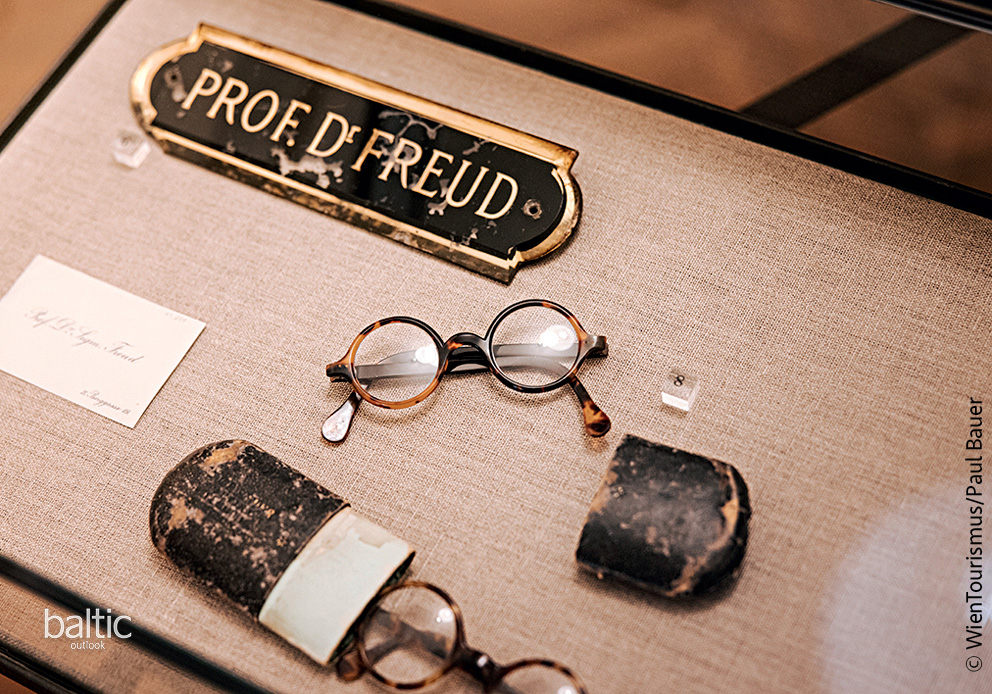
The Austrian capital is sometimes dubbed the City of Dreams, mainly thanks to being the home town of Sigmund Freud, the founding father of psychoanalysis.
The museum dedicated to him recently underwent an extensive 18-month-long renovation, and now all of Freud’s private rooms are accessible to the public. The exhibition area spans 550 square metres.
Here, at Berggasse 19, Freud wrote The Interpretation of Dreams, which forever changed how the world perceives dreams.
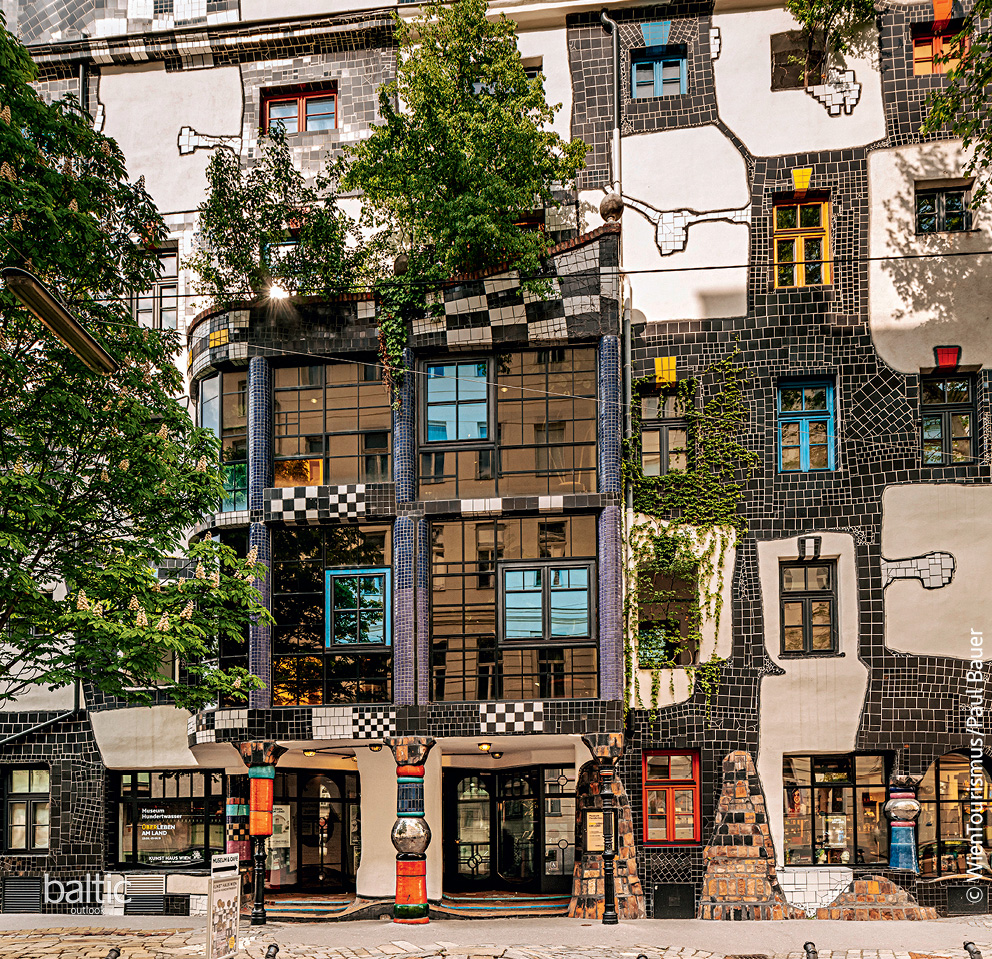
Another native visionary – one who changed the idea of how buildings can look – is Friedensreich Hundertwasser.
The Vienna-born artist designed eccentric buildings with curvy lines, plump domes, and mismatched windows as well as a profusion of vines and trees.
While his work graces cities from Germany to Japan, his native city is the prime place to admire his work. The so-called Hundertwasserhaus on Kegelgasse served as the artist’s private residence.
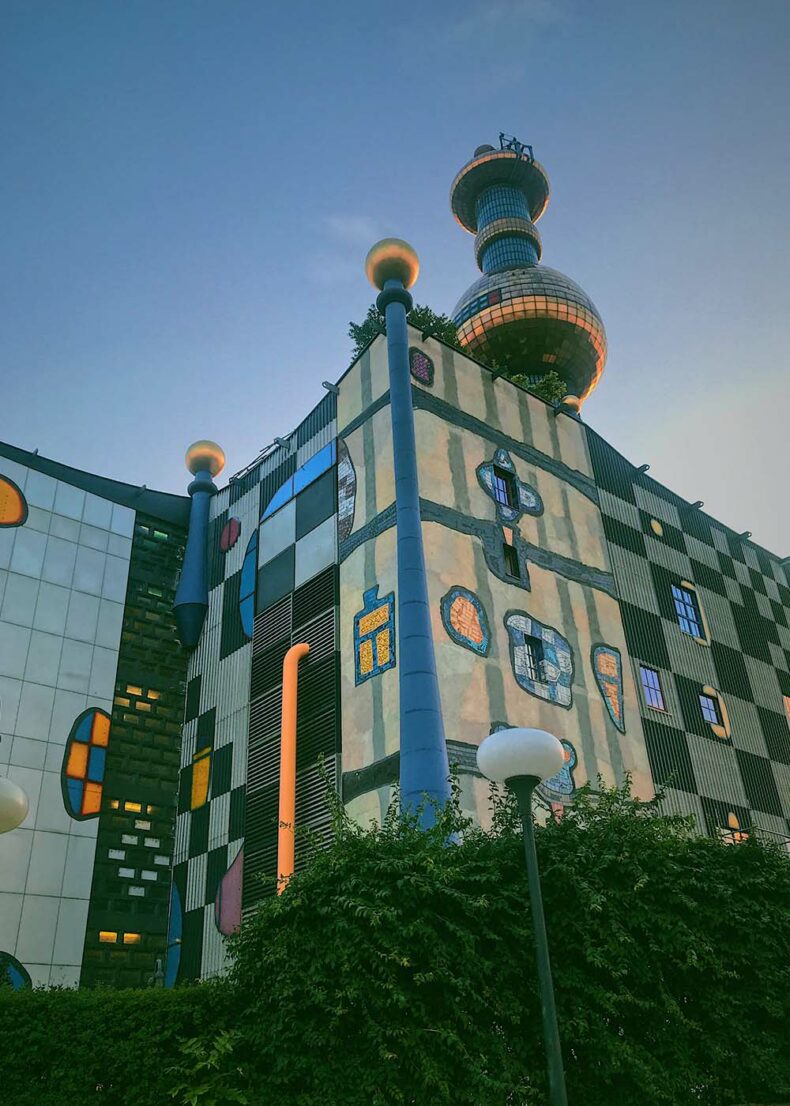
Photo on Unsplash
Another spectacle is the Fernwärmewerk Spittelau heating plant topped by a golden sphere.
Get a closer look into Hundertwasser’s work at Kunst Haus Wien, which has a permanent exhibition dedicated to his oeuvre.
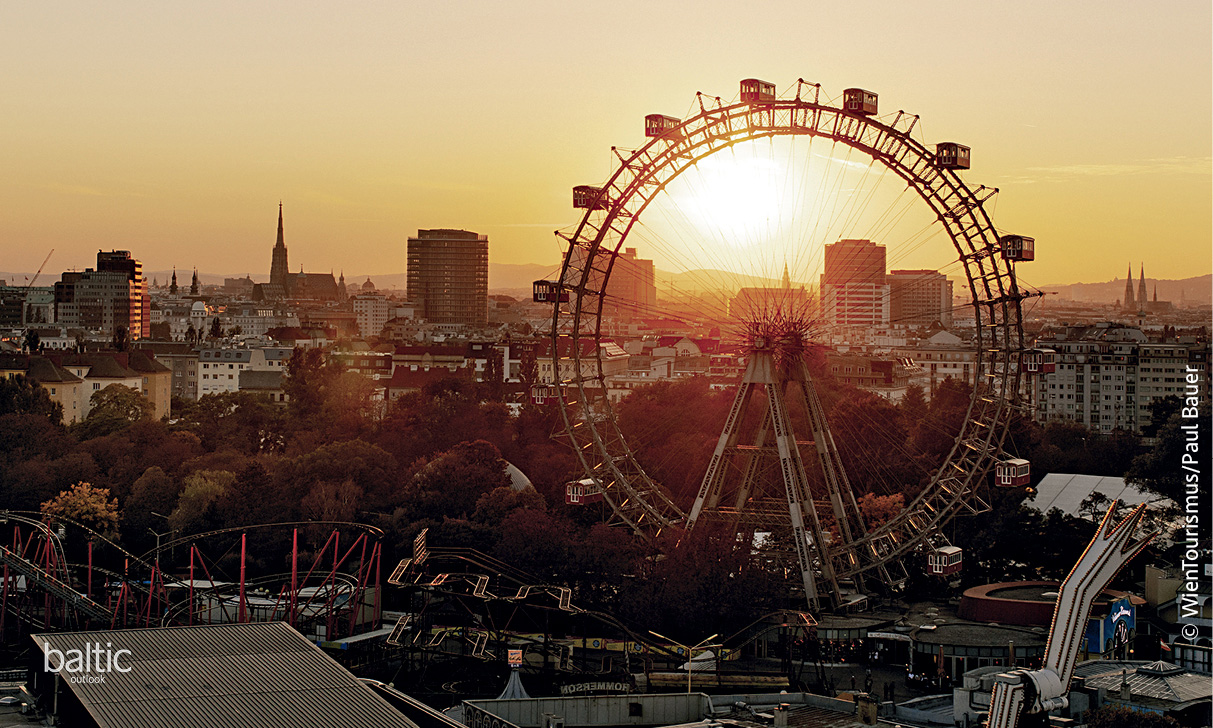
But as serious as Vienna’s profile may seem, it also has something magical to offer our inner child, namely, the historical Prater amusement park in the Leopoldstadt district.
The first carousels and cafés appeared here as early as the 18th century.
The park’s highlight – the giant Ferris wheel – was erected in 1897 to mark the 50th jubilee of Emperor Franz Joseph. Reaching a height of 64.75 metres, it was the tallest Ferris wheel in Europe at the time it opened.
The city of food

Step into one of the city’s coffeehouses, and you’ll feel like you’ve travelled back in time.
It’s not just the marble tabletops, Thonet bentwood chairs, and wooden newspaper holders suggesting that time has stood still for centuries in these establishments.
It’s also the stern traditions that still govern such places.
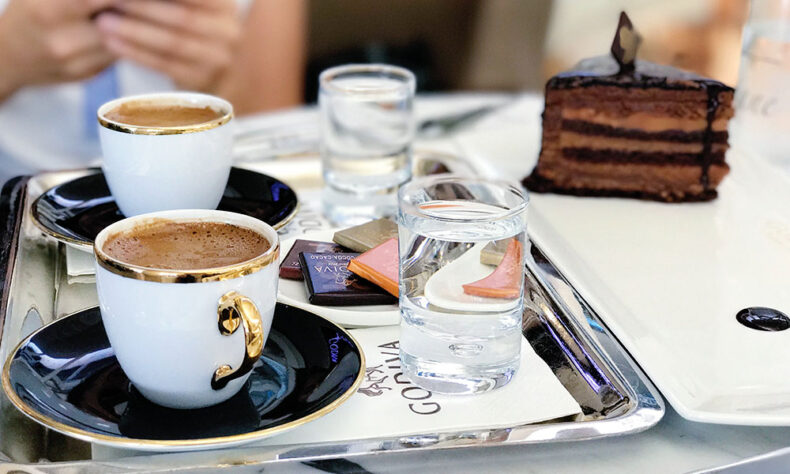
Photo on Unsplash
Coffee is always served on a silver tray and accompanied by a (free!) glass of water. The spoon balanced face-down on top of the glass means that the water has been freshly filled up.
Here the customer is not always correct; the well-dressed waiters called Herr Ober are.

The conservatism of Vienna’s coffee houses is why they’ve landed a spot on the UNESCO Intangible Cultural Heritage list and could also be the reason why the natives are regarded as, ahem, a bit snooty.
Each coffee house is known for being the best at a particular treat.
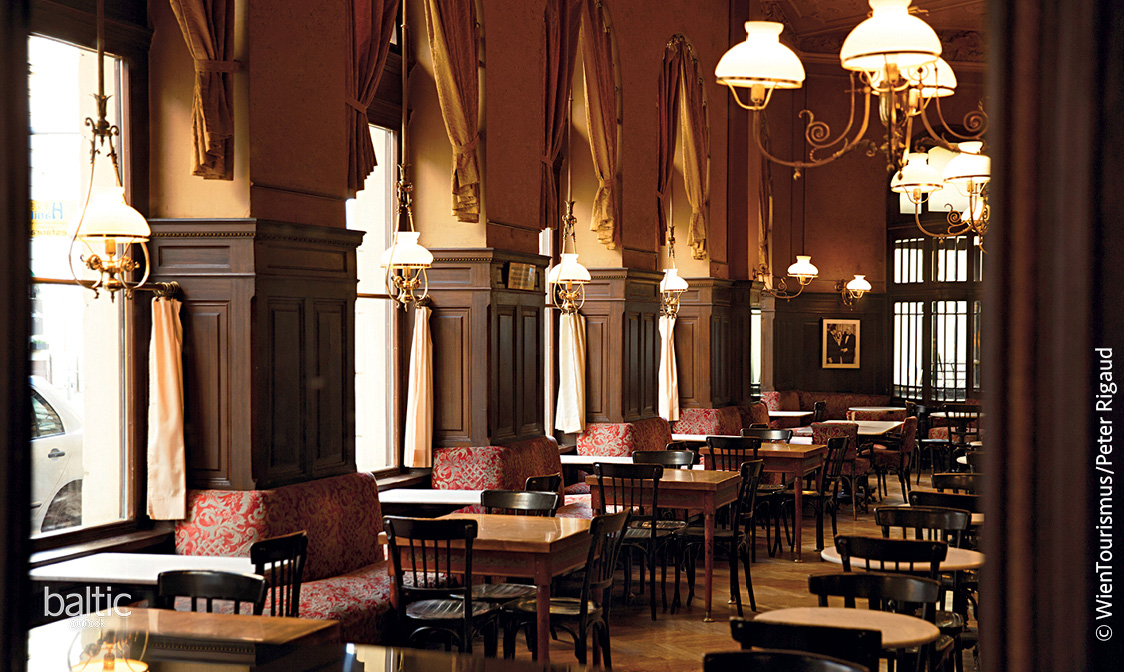
Café Sperl has its own remarkable Sperl torte, Café Hawelka is famous for its Buchteln rolls, and simply the name of Café Sacher says it all.
Apart from the slew of cakes behind the glass counter, many Viennese coffee houses also serve something savoury, such as a classic Wiener Frühstück or Frankfurter Würstel, which, for the record, should be eaten with the hands.
Read more about Vienna in Baltic Outlook.